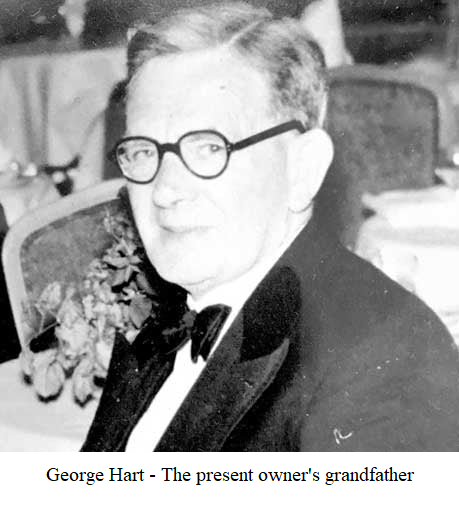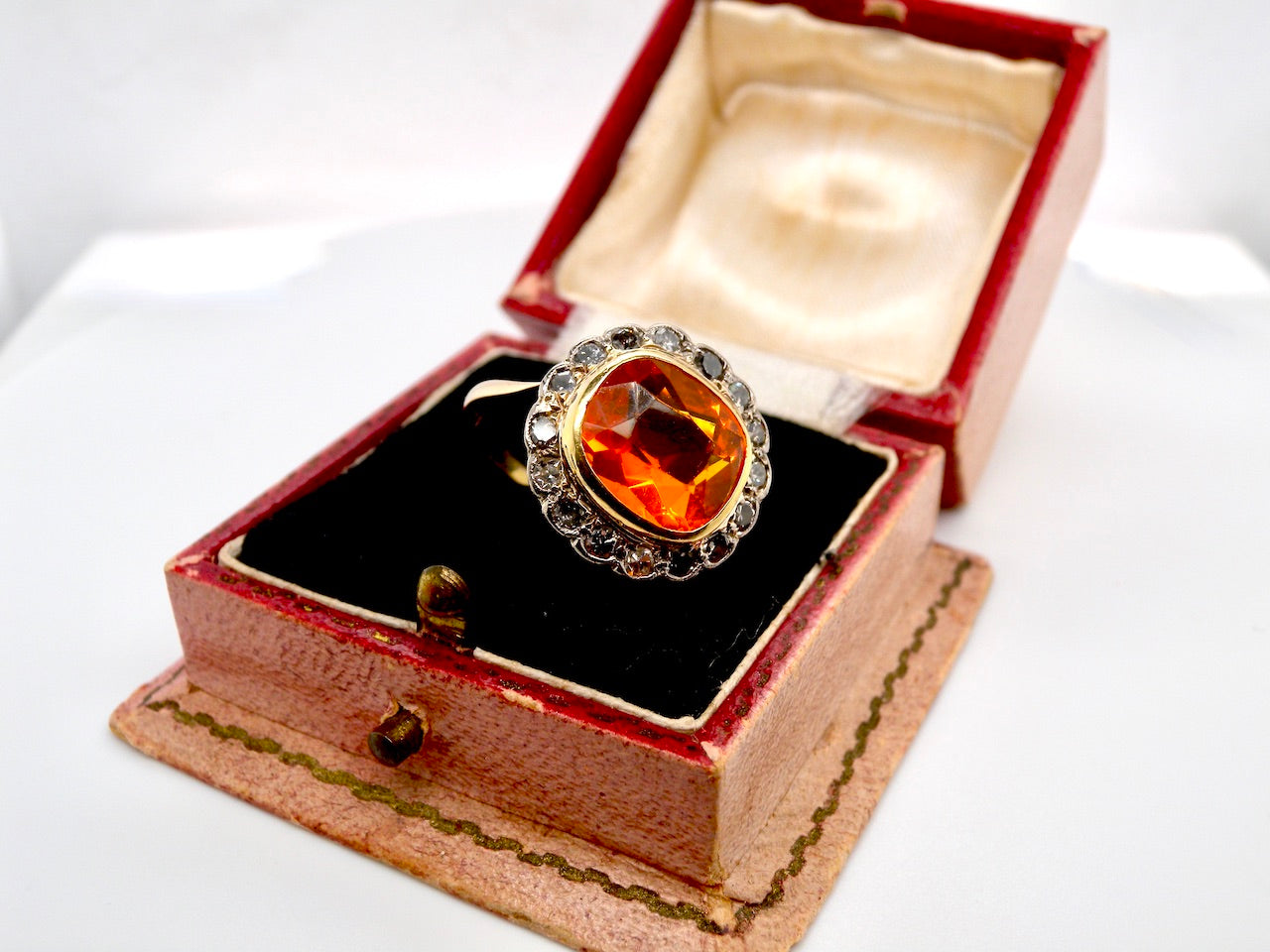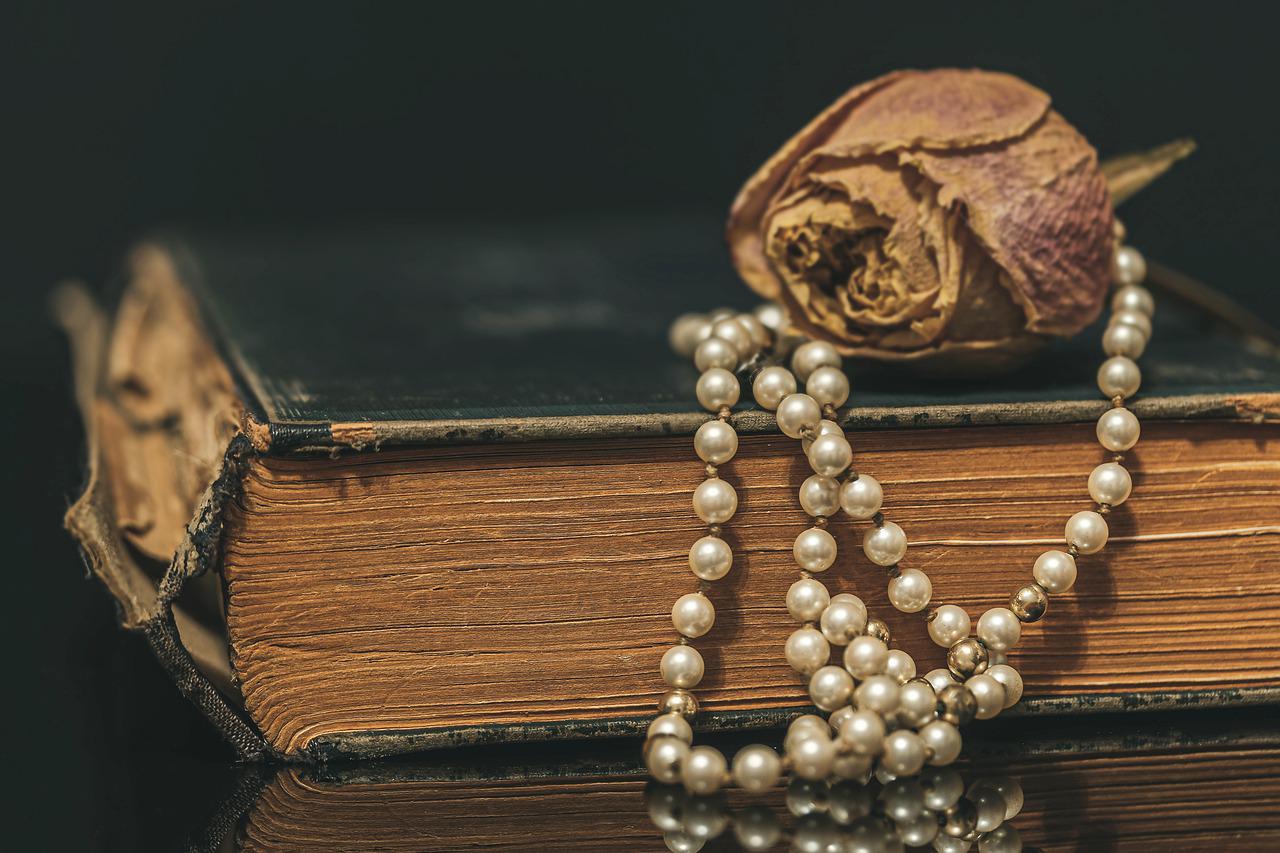If you are not sure how to identify vintage jewellery to check if you have a valuable piece in your jewellery collection, then the following comprehensive guide will be of immense help to you. It will teach you a lot about the mysteries of vintage jewellery and help you to distinguish true vintage gems and jewellery items from cheap costume bling.
Of course, it is extremely exciting to sift through an estate box on sale or visit a yard sale and come across a damaged old chest filled with all sorts of things or find a beautiful piece of old jewellery at a local charity shop that makes your heart skip a beat. Although someone might have discarded these items, there is a good chance that you have found something valuable.
These pieces once belonged to someone, somewhere, and probably have many stories to tell.
How To Tell If Your Jewellery Is Vintage
There are many jewellery styles around these days, which can make it hard to check if that treasure you found at your local charity shop is simply a reproduction or a true vintage piece.
The following steps will help you to collect information about the jewellery item.
Step 1. Check If The Piece Has Any Distinguishing Design Features – during the 1920s and 1930s, architectural geometric designs were incredibly popular in jewellery. Natural motifs like butterflies and flowers were used in the intricate, poetic styles of the early 1900s, during the Art Nouveau era. If your jewellery item includes diamonds, check the shape – if the diamond is an old mine cut, then it was done by hand, and not by the laser cutting machines they use these days.
Step 2. Does The Piece Have Signs Of Wear? – although there are signs of general wear on all 2nd hand jewellery, the wear on vintage jewellery tends to be softer and more lived-in. These include places that are often touched, like earring hooks and clasps, which have worn smooth, and the prongs holding stones in place, are blunt, rather than pointed.
In addition, clasps will open and close smoothly since any tightness would have been worn down over the years. Genuine pearls lose their lustre over time, and those pearls used in vintage jewellery pieces that are in contact with the skin will have dull spots on them.
Step 3. Examine The Piece Thoroughly For Any Possible Trade Markings – any jewellery items made from genuine gold, should bear a purity stamp. This can be in either a form of a system of “karats” in 24 parts, in the metric system of 1000 parts, or in some cases, both.
For instance, a piece made from 18-karat gold may have an 18k stamp (18 parts gold out of 24) or might say 750 (750 parts out of 1000, or 75%).
The standard sterling silver jewellery of today, normally has a 925 stamp (925 parts of 1000, or 92-1/2%). In some cases, older silver jewellery items may be marked with “Coin Silver” or “Sterling.”
Step 4. Check Thoroughly For Maker’s Marks Or Logos – sometimes hallmarks may include symbols to show where the metal was verified, a maker’s mark with a recognisable logo or brand name, export marks to show that the piece was made in a certain country and then sent to another country, or pictorial markings that show other metals.
It is a good idea to check for marks of brands that were popular at one time, but do no longer exist, regional hallmarks that have been undated, or metal alloys that are no longer used in contemporary jewellery. All of these will be signs that you have an older jewellery item that is valuable.
Step 5. Take Note Of Methods Of Manufacturing – thoroughly examine the closures of the piece, since certain clasps were only used in the latter part of the last century. One of the most popular clasps on modern necklaces and bracelets, the lobster claw, which, as the name implies, resembles the claw of a lobster, started being used in jewellery during the 1970s.
Brooches from the early 20th century were manufactured with safety pin clasps and simple C-clasps, which were later changed to the safer and more complicated spring-loaded clasps found on modern brooches.
In Conclusion
Vintage jewellery is unique and environmentally friendly. It remains valuable, it has a quality that is unmatched, it gives you personal satisfaction, and it is always in style.
Although hunting for vintage jewellery can be difficult and overwhelming, it also offers that element of satisfaction too. When you buy vintage jewellery, you are becoming a part of history and adding to the stories of that particular piece. You are exhibiting a style that is unique to you and no one else. You are also supporting the jewellery industry in an eco-friendly way, and at the same time, giving back to small businesses and individuals.
So, the next time you are wandering around a flea market or strolling through your local charity shop, keep your eyes peeled, or you might miss that treasure you are looking for. You could of course shop here at Vintage Tom, knowing that all our stock is of the highest genuine quality and you are safe expert hands. You can read some of our testimonials here
You May Also Like: Vintage Jewellery Trends For 2022



